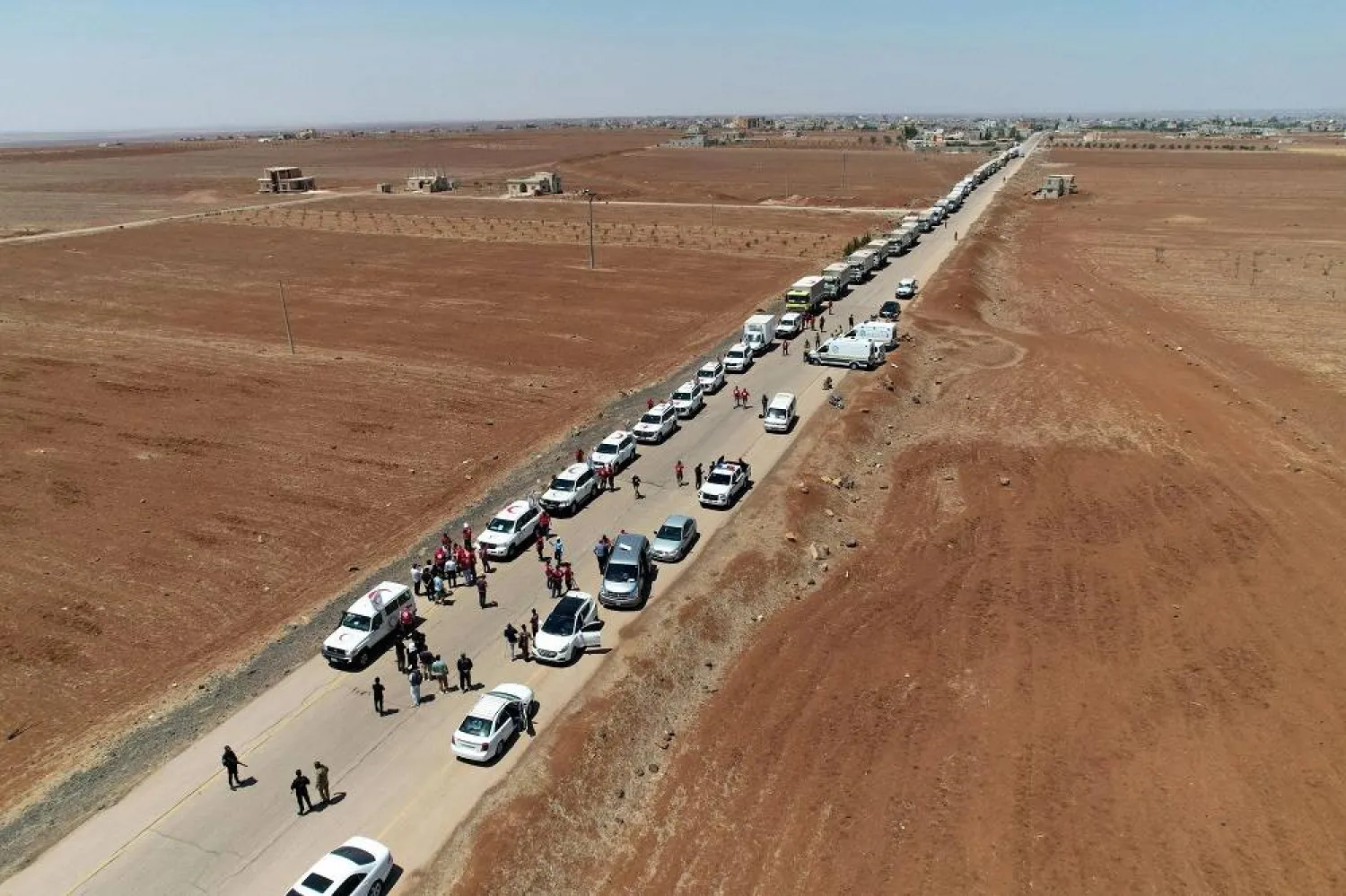Iraqi forces announced on Sunday that they killed Abou Taha al-Tunsi, also known as the “ISIS Slaughterer,” one of the terror group’s most notorious members.
The terrorist and nine of his companions were killed in a security operation in Iraq’s Anbar province, revealed intelligence sources.
The operation was initially launched after information was received that the terrorists were in the area and they were preparing to carry out attacks against security forces, they added.
The forces discovered during their raid secret tunnels that the group was using in the Anbar desert. There, they confiscated weapons, narcotic pills and liquor.
The operation in Anbar is part of a larger operation the armed forces are carrying out in the desert, where hundreds of ISIS members are still located.
Head of the Iraq Sahwa Conference Sheikh Ahmed Abou Risha told Asharq Al-Awsat that in wake of battles to liberate areas that were seized by ISIS in 2014, the terrorists chose to flee instead of fighting the incoming forces.
They consequently fled to the desert, he explained, where they remain.
“ISIS used to fiercely fight in regions it could not escape from,” he added.
The Anbar desert is vast and it still feeds several other regions with ISIS cells that are carrying out various attacks using new methods, such as ambushes, said Abou Risha.
Iraqi security expert Abou Fadel Raghif told Asharq Al-Awsat that regardless of Abou Taha al-Tunsi’s death, “the truth is clear that 95 percent of the major ISIS leaderships have not engaged in battle, but chose to hide in various regions, including beyond Iraq.”
“None of these figures have been arrested,” he stressed.







